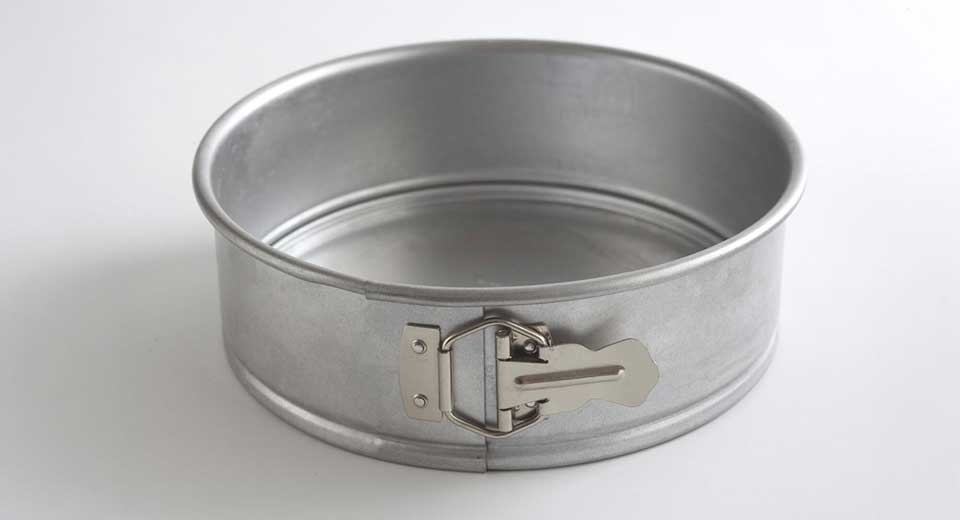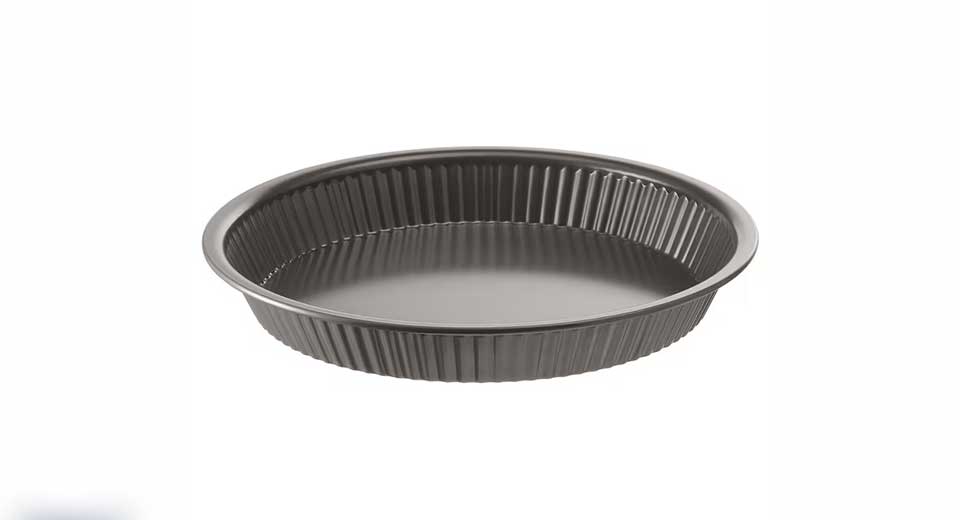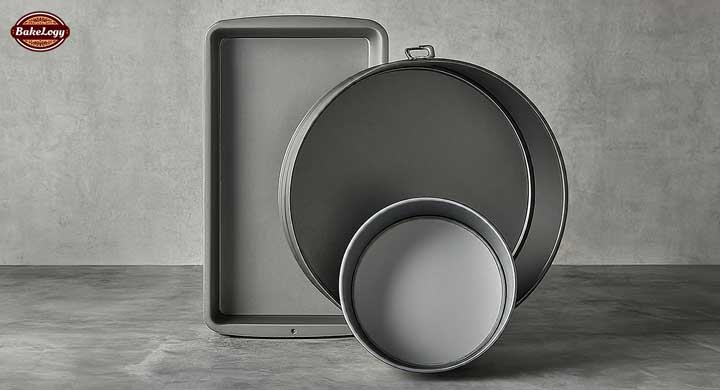The Ultimate Loaf Pans Guide: All You Should Know
The right equipment is what makes the difference in baking. A loaf pan is usually one of the most versatile and important tools you have in your baking kitchen. You can bake bread, cakes, or even make a delicious meatloaf, never going wrong with a good loaf pan. This guide has everything you need to know concerning a loaf pan, from types and materials through usage and care tips.
Slender rectangular baking pans used to bake bread and other loaf-shaped baked goods in, having high sides and a rectangular form that allows the batter to rise to an even, classic loaf shape. Loaf pans come in a number of sizes and are made from a variety of materials, each with their own applications for a variety of recipe types.
Types of Loaf Pans
- They are made of different materials, all with their own advantages. Following is the rundown of the most common types:
Metal Loaf Pans:
- Aluminum: Aluminum loaf pans cook smoothly because of excellent heat conductivity and lightweight construction; however, they react with ingredients containing acid to give the food a metallic taste.
- Stainless Steal: This is highly resistant and non-pitting, thereby giving durability and resistance to rust. This makes stainless steel pans quite popular. They are less conductive compared to aluminum, and hence baking may take a little longer.
- Non-stick: A coat in these pans prevents sticking of food and hence offers easy removal for baked products. However, it requires a lot of care not to scratch the non-stick surface.
Glass Loaf Pans:
Glass pans bake evenly and let one see the sides of their loaf as it bakes. They are heavier and, because of this, they take a bit longer to heat up. That will alter baking times just a little.
Ceramic Loaf Pans:
Ceramic pans are nicely presented and thus often used for serving as much as baking. They do hold heat well; thus, they softly and evenly bake it. On the other hand, they chip easily.
Silicone Loaf Pans:
These silicone pans are flexible and non-stick, hence allowing the bakery products to come out easily. They are light in weight, easy to store, but might not provide that exact even baking that metal or glass pans do.
Cast Iron Loaf Pans:
Cast iron loaf pans are quite sturdy and only distribute heat well after being correctly seasoned. They turn out really nice rustic bread, with thick crusts and crispy tops. They need to be seasoned and well cared for so that it does not rust out.
Loaf Pan Standard Sizes
They are available in quite a variety of sizes that are standard for most recipes. The most common size available for loaf pans includes:
- 8.5 by 4.5 inches: This is the loaf pan standard size and will work for most loaves that you’re likely to make. It will make a medium-sized loaf.
- 9 by 5 inches: This is a larger pan and is great for those times that you make a heartier bread that calls for a slightly larger yielded loaf.
- Mini Loaf Pans: 5.75 by 3-inch pans for individual-sized loaves; great for gifting or single servings.
How to Choose a Loaf Pan
- Keeping the characteristics of the loaf pan in mind, the following should be used in the selection:
- Recipe Requirements: Check the recipe you are using to see if it calls for a certain loaf pan size or type.
- Material preference: What you are baking lends itself better to a pan that will provide even heating, such as metal or glass, or non-stick, like silicone or coated metal.
- Durability: Or you may want to look at a good, long-lasting pan—like stainless steel or cast iron—provided you bake frequently enough for this to be worthwhile.
- Aesthetics and Presentation: Ceramic and glass loaf pans can double as serving dishes, therefore they are a great idea if you would want to present your nicely baked goods.
How to Use a Loaf Pan
- Follow these guidelines to get the best loaf pan experience:
- Grease and Line: Even though you are using a non-stick pan, it is often best to grease the pan a little or line it with parchment paper for easy removal.
- Fill Appropriately: Leave about 1/3 of the loaf pan empty for the batter to rise.
- Check for Doneness: Insert a toothpick or cake tester into the center of the loaf. If it comes out clean or with a few crumbs, your loaf is done.
- Cooling: Let the loaf cool in the pan about 10 minutes before turning it out onto a wire rack to cool completely.
Caring for Your Loaf Pan
- Proper care and maintenance will extend the life of your loaf pans:
- Cleaning: Most loaf pans are dishwasher safe, but it is far better to wash it by hand with mild soap and water to retain the finish of non-stick and cast iron pans.
- Avoid Metal Utensils: Use silicone, wooden, and plastic utensils to avoid scratching non-stick surfaces.
- Storage: Do store the loaf pan in a dry place so that they do not get rusted, especially if it is metal or cast iron.
What to Make in the Loaf Pan?
- A loaf pan can be quite a versatile pan, and one can bake several items using the loaf pans. Definitely, the things are more than bread. Here are some of the tips to get started:
- Classic Banana Bread: moist, flavorful loaf that uses up overripe bananas to great effect of banana bread.
- Lemon Pound Cake: An ultra-dense cake, soaked in refreshing lemon flavor.
- Meatloaf: Savory dish, easy to prepare; perfect for a hearty meal.
- Zucchini Bread: Vegetable-rich bread, perfect for breakfasting or as a snack.
- Probably the most indispensable thing in baking would be a loaf pan. A good loaf pan would surely boost your baking experience, guarantee perfect results, and offer variations in material, size, and uses. Whether old timer or just starting out on this journey in baking, having the right kind of loaf pan will be one definite step toward homemade bread and cakes that would delight the senses.




